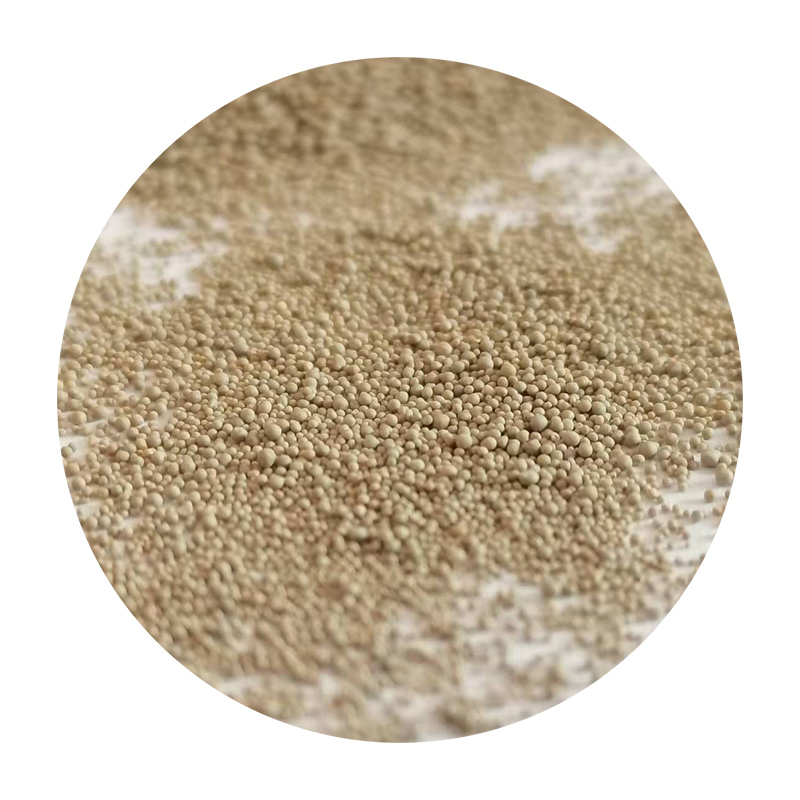The 3D Sand Printing Process Revolutionizing Manufacturing and Design
The advent of 3D printing technology has significantly transformed various industries, and one of the most groundbreaking developments within this field is 3D sand printing. This innovative process utilizes sand to create complex geometries and intricate designs, offering a cost-effective and efficient alternative to traditional manufacturing methods, particularly in foundry applications and architectural models.
Understanding the Process
At its core, 3D sand printing involves layering fine grains of sand to build up a three-dimensional object. The process begins with a digital model designed using computer-aided design (CAD) software. Once the model is finalized, the 3D printing machine takes over. The printer spreads a thin layer of sand, typically mixed with a binding agent, across a build platform. Using an inkjet print head, the binder is selectively applied to the areas of sand corresponding to the object’s shape. This layer is then cured using a heat source or chemical process, solidifying the sand in the intended design. Following this, the platform lowers slightly, and a new layer of sand is spread, repeating the process until the object is fully formed.
The result is a highly detailed and complex part that can be produced in less time than traditional manufacturing methods allow. Unlike conventional sand casting, where molds must be created separately, 3D sand printing eliminates the need for tooling, reducing time and labor costs significantly.
Applications and Benefits
One of the most prominent applications of 3D sand printing is in the foundry industry. Manufacturers can create sand molds and cores for metal casting with precise dimensions, reducing material wastage and enhancing the overall casting quality. This leads to lighter, more intricate metal components that would be impossible or prohibitively expensive to produce using traditional methods.
3d sand printing process

Moreover, the customization capability provided by 3D sand printing allows for a higher degree of design sophistication. Engineers and designers can create complex shapes that meet specific requirements, directly responding to the evolving demands of industries such as aerospace, automotive, and art. This flexibility fosters innovation, enabling companies to experiment with designs without incurring significant development costs.
Additionally, 3D sand printing is environmentally friendly. Traditional manufacturing processes often involve considerable waste and by-products; however, this 3D technology enables the reuse of sand and minimizes waste. Many printers can use recycled sand, making this process not only cost-effective but also sustainable.
Challenges and Future Prospects
Despite its many advantages, 3D sand printing is not without challenges. The material properties of sand-printed objects can differ significantly from those created with conventional methods. Designers and engineers must ensure that the printed parts can withstand the stresses they will encounter throughout their lifecycle. Continuous research is underway to improve the mechanical properties and surface finishes of these printed parts to meet diverse industry standards.
Looking forward, the future of 3D sand printing appears promising. As technology advances, we can expect further enhancements in speed, efficiency, and material options. The integration of artificial intelligence and machine learning will likely lead to more sophisticated design capabilities and greater precision in the printing process. As companies continue to embrace digital transformation, 3D sand printing will play a pivotal role in redefining manufacturing, fostering a new era of customized, efficient, and environmentally conscious production.
In conclusion, the 3D sand printing process stands at the forefront of modern manufacturing, merging innovative technology with practical applications. Its ability to create complex geometries, reduce costs, and support sustainability makes it a transformative force, paving the way for the future of design and manufacturing across various industries. As research and technology continue to advance, the impact of 3D sand printing will undoubtedly expand, reshaping the landscape of production as we know it.
Post time:Gru . 24, 2024 19:58
Next:steps of sand casting
